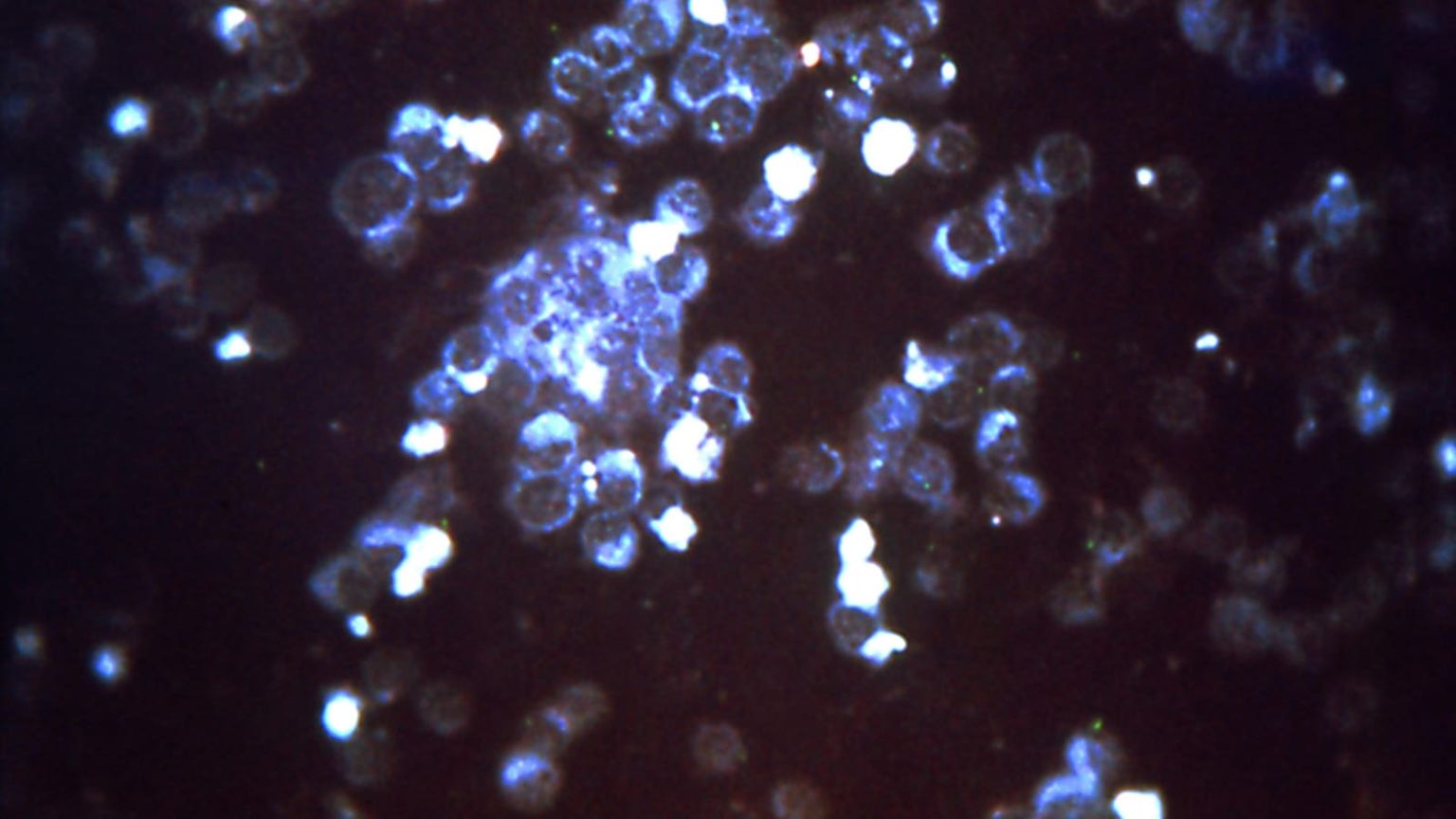Topline
Respiratory syncytial virus cases are rising all over the country as the fall and winter months settle in, but the Southeast is experiencing the brunt of the spike, signaling a return to pre-pandemic patterns.
Key Facts
In Florida, 24.3% of antigen tests and 23.9% of PCR tests taken the week of Nov. 11 were positive—a seismic increase from the 8.7% of positive antigen and 11.4% of PCR tests taken last year during the week of Nov. 12.
Alabama had 18.97% positive antigen and 13.6% positive PCR tests the week of Nov. 11 (up from 1.7% of antigen tests and 2% of PCR tests being positive the same time last year), while 9.8% of Georgia’s antigen tests and 12.2% of its PCR tests were positive this year (up from 3.3% of antigen and 5.7% of PCR tests being positive last year).
Texas had the most drastic difference, with a positivity rate of 40.8% for antigen tests and 24.6% for PCR tests the week of Nov. 11 compared to 16.7% for antigen and 14.1% for PCR tests last year.
Fewer tests were taken this year than around this time in 2022: around 10,030 total RSV tests were taken the week of Nov. 11, while nearly 17,000 tests were taken the same week last year.
Hospitalizations are also increasing: Laura Romano, a doctor at Cook Children’s Medical Center in Fort Worth, Texas told AP News kids are “presenting sicker” than in previous years, and Jim Fortenberry, the chief medical officer of Children’s Healthcare of Atlanta, told the outlet his hospital system is in “surge” mode due to RSV cases.
The Centers for Disease Control and Prevention warned clinicians on Sept. 5 about a rise in RSV cases in the Southeast, signaling the potential beginning to the 2023-24 RSV season.
Big Number
7,279. That’s how many RSV cases were reported nationwide in the week ending in Nov. 11, according to CDC data. This is up 1,400 cases from the previous week.
Key Background
Traditionally, RSV season in the U.S. starts in the fall and peaks in the winter. The Southeast typically sees a rise in RSV cases before the rest of the country, and increased RSV activity spreads north and west between two and three months later, according to the CDC. But the normal timing was thrown off during the Covid pandemic: the 2022-23 RSV season started in the late summer, peaked between October 2022 and November 2022, and declined rapidly by the winter. The 2021–22 season began in May 2021, peaked in July 2021, and ended in January 2022, but did not have a typical RSV winter epidemic. The 2023-24 RSV season starting in the fall indicates “seasonal patterns are returning toward those observed in prepandemic years,” the CDC said. Covid restrictions—like masking and social distancing—caused “lower cases of many respiratory viruses” like RSV between 2020 and 2023, Dean Winslow, a professor of medicine at Stanford University, told Verywell Health. Those precautions are more relaxed this year. Only 12% of the population is regularly masking, and this Thanksgiving travel season is predicted to be the busiest for flying in 18 years.
Tangent
There’s a shortage of some doses of Beyfortus—an RSV drug for infants—causing the CDC to recommend doctors prioritize giving the shot to high risk infants. Earlier this month, AstraZeneca said it was prioritizing sending extra doses of Beyfortus to the U.S. to help ease the shortage. Democratic senators sent a letter to AstraZeneca and Sanofi, the manufacturers of the drug, stating the drugmakers “vastly underestimated” the amount of Beyfortus needed for this year’s RSV season. The senators, who include Sen. Elizabeth Warren (D-Mass), Sen. Jon Ossoff (D-Ga.) and Sen. Tammy Duckworth (D-Ill.), called for action and “transparency” regarding the shortage.
Infant RSV Antibody Shortage: Here Are The CDC Recommended Alternatives (Forbes)
Here’s Where RSV Is Starting to Rise in the U.S., According to the CDC (Verywell Health)
RSV is straining some hospitals, and US officials are releasing more shots for newborns (AP News)
Thanksgiving Travel: Holiday Weekend Will Be The Busiest For Flying In 18 Years, AAA Predicts (Forbes)
Read the full article here





